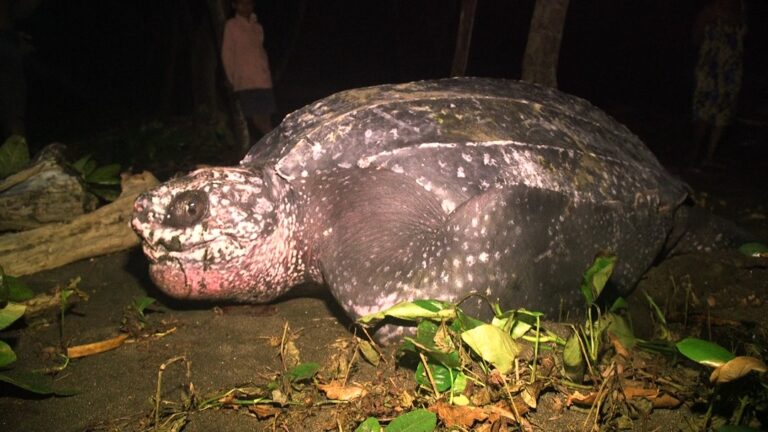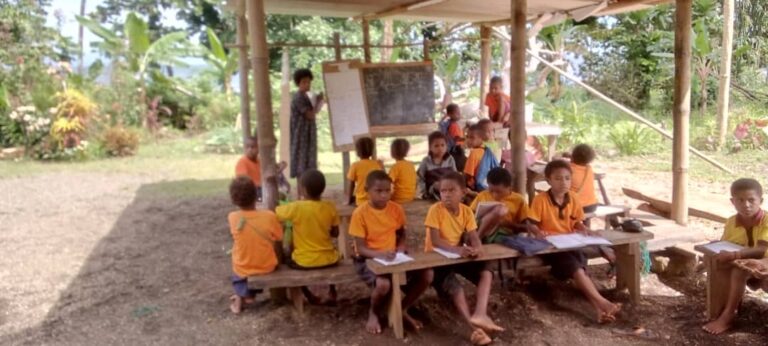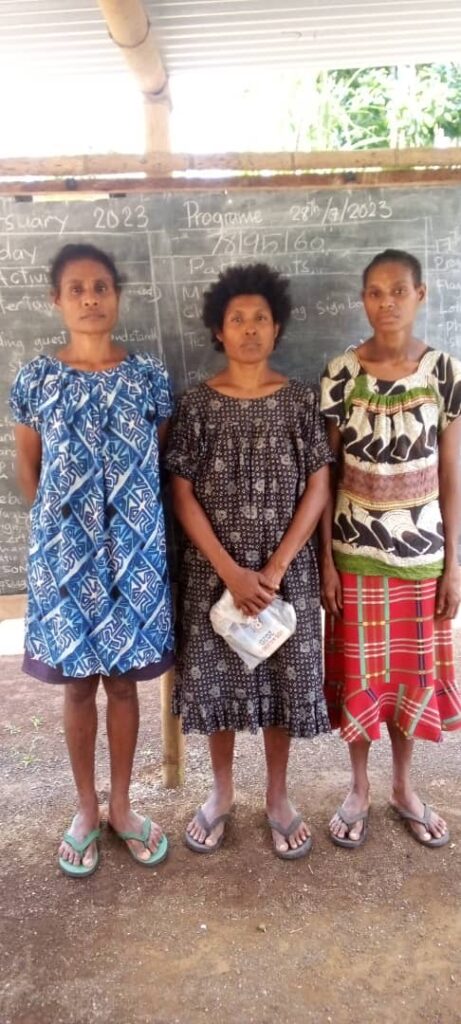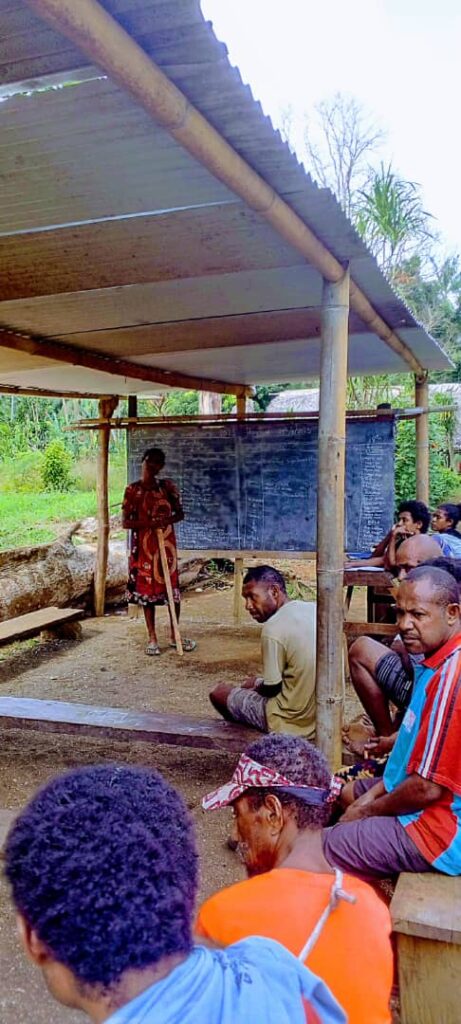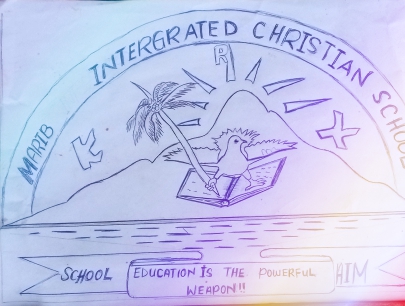Environmental advocate Wenceslaus Magun has sounded the alarm over the potential negative impacts of sand mining on biodiversity and local communities in the Sumgilbar Area of Papua New Guinea (PNG).
The region, spanning 51 kilometers from Murunas to Tokain in the Sumgilbar LLG of Sumkar District Madang, is under threat from the growing sand mining industry, particularly in the absence of a regulatory framework, allowing large-scale operations to proceed unchecked.
“Unregulated sand mining threatens both marine and terrestrial ecosystems in the Sumgilbar Area,” Magun stated.
Vanansius Barrar of Murukanam village Sumkar District says his village is under threat from logging activities and now sand mining is becoming a threat for locals who depend on the marine life for sustenance.
Sand mining, a rapidly expanding sector in PNG, poses significant environmental risks in the Sumgilbar Area, covering both land and sea territories, including crucial bodies of water like the Gilagi River.
The lack of comprehensive policies exacerbates challenges, with limited monitoring and transparency regarding sand extraction activities and the involved parties.
“The absence of effective policies and monitoring mechanisms enables unsustainable practices that jeopardize the environment,” added Magun.
Contrary to popular belief, sand is not a renewable resource and unregulated extraction poses immediate threats such as habitat destruction and loss of biodiversity.
The environmental risks include coastal erosion, degradation of marine ecosystems, and disruption of freshwater systems.
Social risks are equally alarming, especially for communities’ dependent on the sea for food and finance.
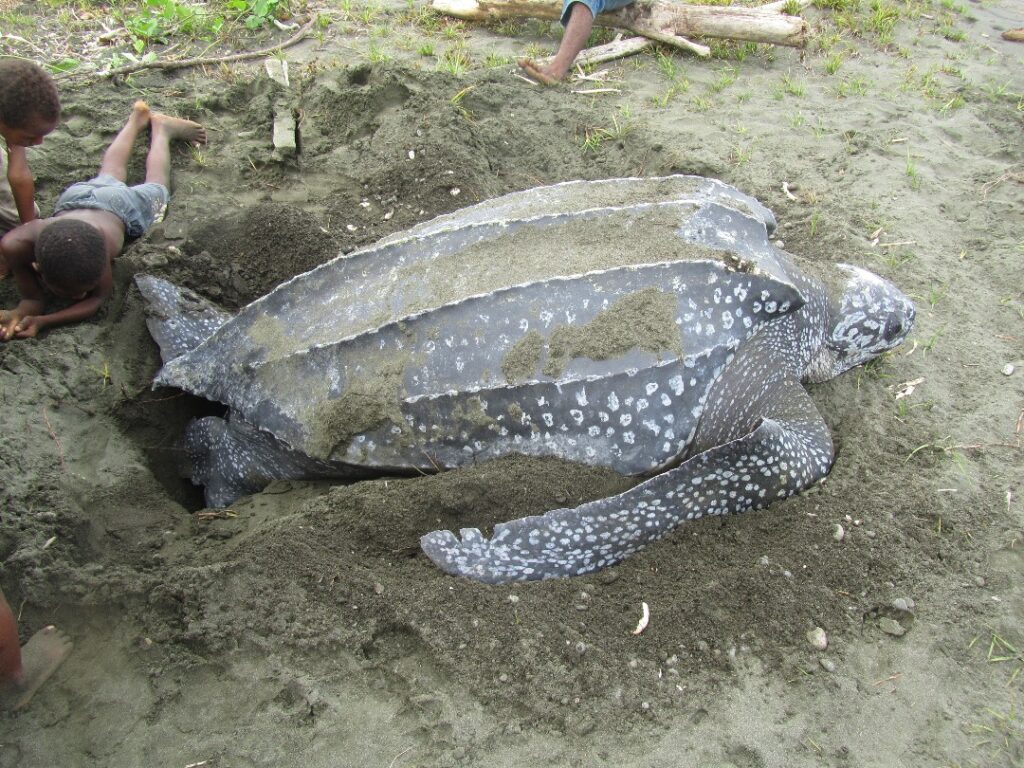
These risks include the depletion of fish stocks, loss of livelihoods, and the erosion of cultural practices tied to marine environments.
“Communities relying on these ecosystems face severe socio-economic impacts,” Magun emphasized.
Academic researcher, Ms. Winnifred Duk, currently pursuing a PhD in Biological Sciences at the University of Goroka, supports this view.
“As sand protects the environment and is not a renewable resource, the large scale of mining sand would bring environmental concerns, and social and economic impacts, including the direct habitat destruction and loss of biodiversity,” says Duk.
The negative consequences of sand mining are profound. They encompass forced migration, loss of fertile land, increased social issues, and regulatory challenges linked to illegal operations.
The loss of biodiversity can lead to the collapse of local ecosystems, further endangering species like the leatherback turtle and undermining the food security of local communities.
“The threat to biodiversity and local livelihoods is immediate and requires urgent intervention,” Magun warned.
Another local, Willie Mayng, said their land is a conservation area and is a nesting zone for the endangered leatherback turtles.
The absence of policies governing sand mining in PNG is a critical issue requiring urgent attention.
The government’s acknowledgment of this lack underscores the need for a shift towards sustainable practices prioritizing ecosystem preservation.
“Without a proper regulatory framework, the detrimental effects of sand mining will continue unchecked,” Magun urged.
In response to the environmental concerns, Wenceslaus Magun, in collaboration with the Turtle Island Restoration Network, initiated the Sea Turtles Restoration Project in Karkum village.
This project aims to prevent the loss of endangered sea turtles, marine habitats, ecosystems and biodiversity while restoring food sources and promoting alternative economic opportunities.
“Our focus is on protecting both the environment and the community’s livelihood,” Magun explained.
The project’s primary goal is to involve resource owners in marine and near-shore resource management plans and empower indigenous communities to actively preserve their environment.
This not only benefits endangered species like leatherback turtles but also supports the livelihoods of the people.
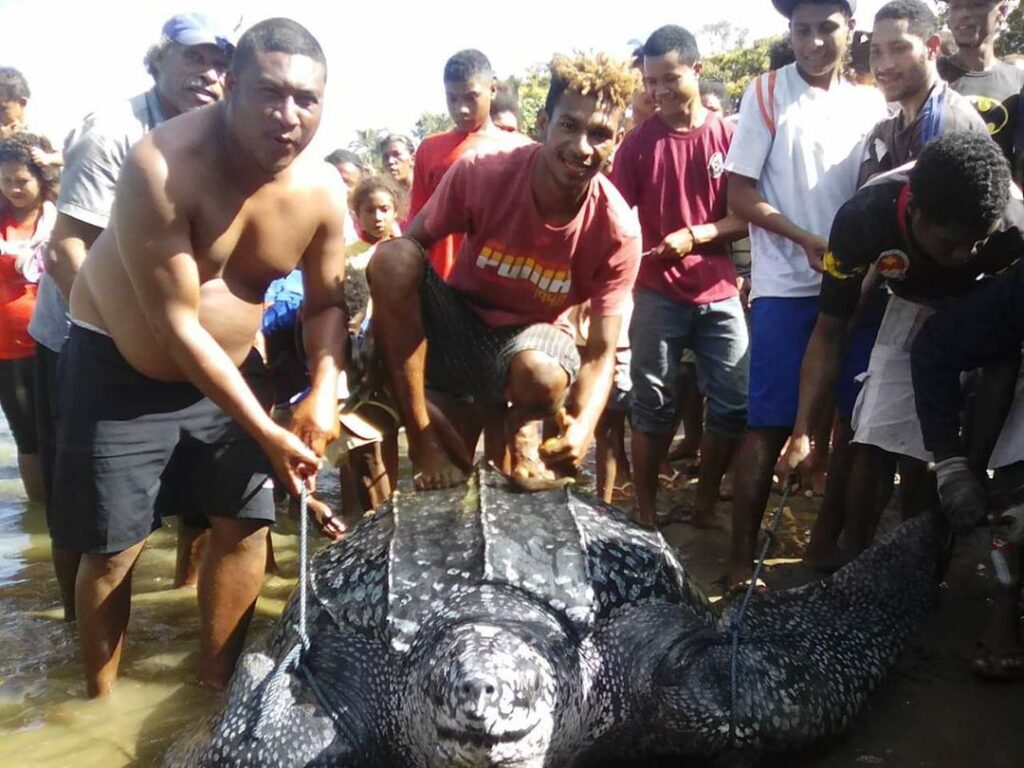
Magun and his team emphasized the importance of preserving cultural heritage and traditional practices intertwined with the environment.
“Integrating traditional knowledge with modern conservation efforts is key to our success,” stated Magun.
The project seeks sustainable solutions that balance community needs with environmental protection, aiming to raise awareness about the significance of preserving endangered species and promoting alternative income sources.
Through the Sea Turtles Restoration Project, Magun and his team collaborated with the Turtle Island Restoration Network to establish the MAKATA Association, a local NGO sustaining the project.
MAKATA ensures the vision of saving, protecting and restoring endangered leatherback sea turtles and marine resources is achieved; allowing inhabitants to sustainably utilize these resources for improved lifestyles in harmony with their cultures and spirituality.
“By fostering sustainable practices, we can ensure a better future for both people and nature,” Magun affirmed.
On November 17, 2008, representatives from each of the four clans in Karkum village signed a conservation deed, granting them more control over their resources.
This deed maintains customary practices, empowering them to be direct custodians and stewards of their resources.
The conservation deed enables them to assert their customary rights, respond to threats, and actively manage land and sea to protect important areas while recording and safeguarding traditional knowledge.
“The conservation deed is a crucial step in empowering local communities to protect their heritage and environment”. Magun concluded.
**This article was produced with the support of Internews Earth Journalism Network**

